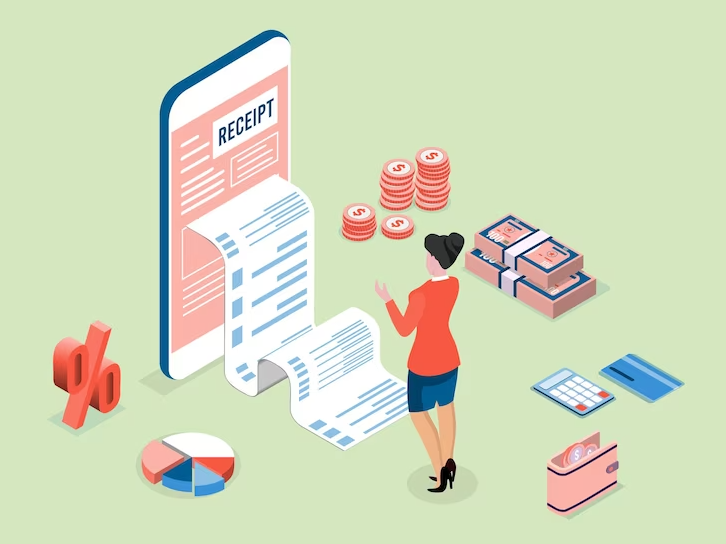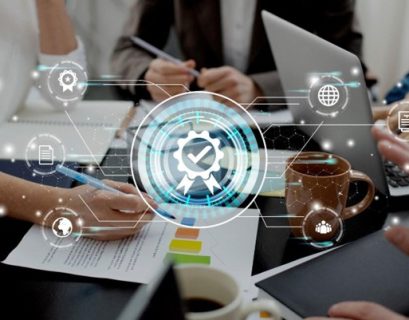Introduction to Receipt OCR
In today’s fast-paced business environment, efficiency is key. As organizations strive to streamline their operations, traditional methods of managing receipts and invoices often fall short. Enter Receipt OCR – a game-changing technology that simplifies accounting processes significantly. Imagine transforming piles of paper receipts into organized digital data with just a click. This innovative solution not only saves time but also reduces human error, allowing accountants to focus on what truly matters: making informed financial decisions.
As we dive deeper into the world of Receipt OCR, we’ll explore how this powerful tool works and the numerous benefits it brings to your accounting practices. Whether you’re a small business owner or part of a larger organization, understanding this technology could be the first step towards revolutionizing your financial workflows. Let’s get started!
How Receipt OCR Works?
Receipt OCR, or Optical Character Recognition, scans and interprets printed text from receipts. It begins with capturing an image of the receipt using a smartphone or scanner.
Once the image is obtained, advanced algorithms kick in. These algorithms analyze the visual data to detect characters and words. They convert these images into machine-readable formats.
Next comes data extraction. Key information like date, amount, vendor name, and line items are identified and extracted for processing. This occurs through pattern recognition techniques that ensure accuracy.
This information can be integrated directly into accounting software or databases. By automating this process, businesses save time and reduce errors associated with manual entry tasks. The efficiency gained allows accountants to focus on more strategic activities rather than spending hours sifting through piles of paper receipts.
Benefits of Using Receipt OCR for Accounting Processes
Receipt OCR technology transforms the way businesses manage their accounting processes. By automating data entry, it significantly reduces human error. This leads to more accurate financial records.
Time savings are another key benefit. Manual entry can be tedious and time-consuming. Receipt OCR scans and extracts information instantly, allowing accountants to focus on analysis rather than data collection.
Cost efficiency is also noteworthy. The reduction in labor hours translates into lower operational costs for many organizations. This allows teams to allocate resources more effectively.
Additionally, receipt management becomes hassle-free with digital storage solutions offered by most OCR tools. Easy access to historical receipts aids in audits and ensures compliance with regulations.
Integrating Receipt OCR enhances overall productivity within finance teams. Streamlined workflows lead to faster decision-making and improved cash flow management across the board.
Choosing the Right Receipt OCR Software for Your Business
Selecting the right receipt OCR software is crucial for any business aiming to enhance its accounting processes. Start by identifying your specific needs. Consider factors like volume of receipts, integration capabilities, and user-friendliness.
Look for software that offers robust data extraction features. Accuracy is key; ensure it can capture relevant information without frequent errors. Testing demos or free trials can provide insight into performance.
Next, evaluate compatibility with existing systems. Seamless integration with accounting tools saves time and minimizes disruptions during implementation.
Don’t overlook support options either. Reliable customer service can make a significant difference in resolving issues quickly.
Consider scalability. As your business grows, so should your software’s capabilities to meet increasing demands efficiently. Choosing wisely now will pave the way for smoother operations later on.
Conclusion: The Future of Accounting and Receipt OCR
The evolution of accounting is closely tied to advancements in technology. As businesses seek greater efficiency and accuracy, Receipt OCR stands out as a transformative tool. It simplifies the cumbersome task of manual data entry, allowing accountants to focus on strategic decision-making rather than routine processing.
The rise of receipt scanning software signifies a shift towards automation in financial management. With features that enhance data extraction and organization, these tools are not just improving workflows but also reducing errors associated with human input.
Looking ahead, we can expect further innovations in Receipt OCR technology. Integration with artificial intelligence may lead to even faster processing times and improved accuracy levels. Businesses will benefit from real-time insights into their expenses, leading to better budgeting and forecasting.
As more organizations adopt this technology, it’s clear that Receipt OCR will play a crucial role in shaping the future landscape of accounting practices. The potential for increased productivity and streamlined operations makes it an invaluable asset for any business aiming for growth in today’s fast-paced economy.













